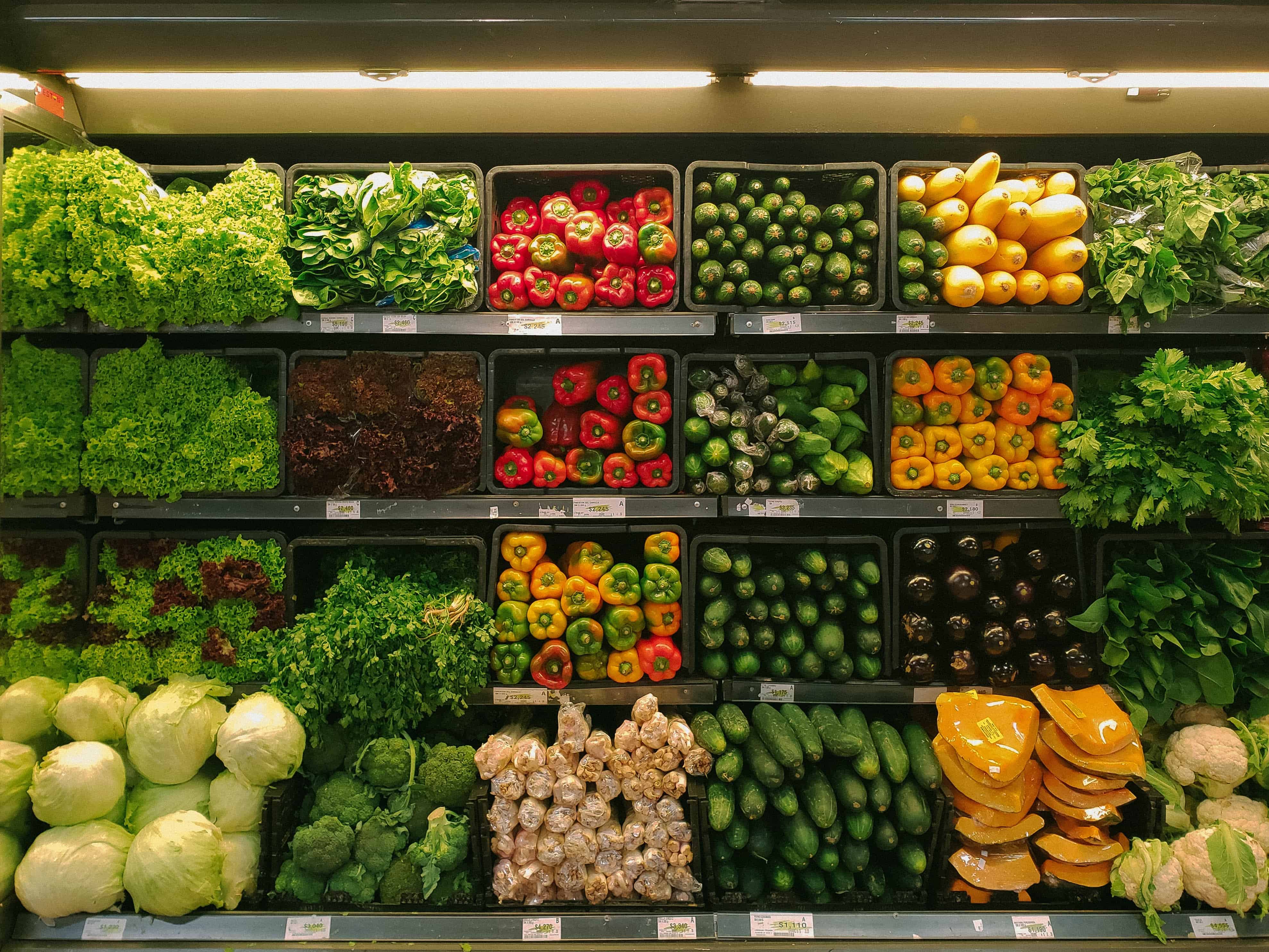Locally and independently owned grocery retailers are often forced to compete against major chains without the benefits of being a major chain themselves. Many of these independent stores are small co-op grocers.
Large retail chains can get lower prices and improve margins because of their purchasing power. This is important for any business, but especially vital for grocers who have tight margins.
This reality has led some co-operatives to band together to form second-tier co-operatives. These second-tier co-ops help small independents obtain some of the benefits that large chains enjoy, such as increased purchasing power and lower administrative and marketing costs.
A national presence created through co-op grocers
One example of a successful second-tier co-op is the U.S.-based National Co-op Grocers (NCG): a business services co-operative whose aim is to bring more co-operative groceries to more communities.
Karen Zimbelman, Senior Director of Membership and Co-operative Relations for NCG, detailed some of the ways NCG supports its members.
“NCG leverages the combined purchasing power and volume (over $2.1 billion) of its member co-ops to lower costs and offer a wide variety of programs and resources to independent, locally owned co-ops,” Zimbelman said. “Programs and services include a national brand (Co+op, stronger together), marketing resources, an online talent development portal with a wide range of training resources, promotional programs, group contracts for products and services, as well as development services and support and other resources.”
The ‘virtual chain‘
These co-operatively owned independent food retailers benefit from joining NCG on two levels: member co-op and associate co-op. Both member and associate co-ops enjoy a network for sharing information-based resources, discounts on supplies, and marketing materials. Members of NCG are also its owners, just like any other co-op. They shape its programs and participate in nationwide purchasing and marketing.
NCG describes its system as a “virtual chain” that provides benefits of combined business volume while allowing member stores to maintain their independent ownership by their local members.

Customers trust a co-op
Most of NCG’s member co-ops emphasize organic and whole foods, a market where values can influence customers more just having the lowest price. As Zimbelman explains, this can give co-ops an advantage over their competitors.
“The co-op model provides a direct, mutually beneficial relationship between the co-op and its shopper-members to operate with integrity and authenticity in meeting consumers’ basic needs. While there are challenges, the financial and ownership investment by shoppers, as well as their governance role, enforce meaningful and significant accountability for member-shoppers as well as for the co-op in the way it operates and brings a valuable and distinct option for consumers into the market,” Zimbelman said.
The purchasing power gained by banding together, combined with the trust that members put into their own local co-op, are two prongs that contribute to success. They also show how co-operatives can not only compete with, but excel against, their competition.
Building co-op grocers
Giving co-operatives the supports they need to thrive isn’t all that NCG does, however. They also help the growth of co-op grocery stores with their subsidiary, the NCG Development Co+operative (DC). The NCG DC provides services that make existing co-ops stronger, and helps with expansions and new stores’ development.
NCG, which turns 20 this year and represents 145 co-ops throughout 37 states, is a great example of how co-ops can leverage the power of co-operation. NCG helps ensure all the co-ops in its system are stronger, more competitive, and serve customers looking for what’s missing from bigger chains.

 Written by
Written by 


